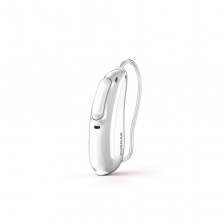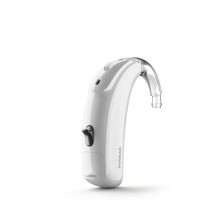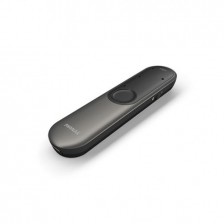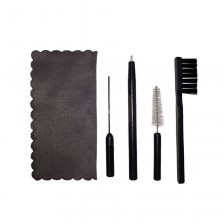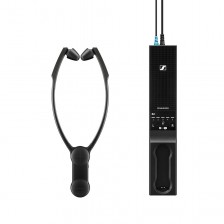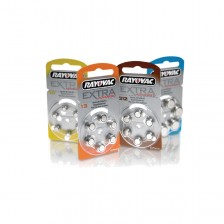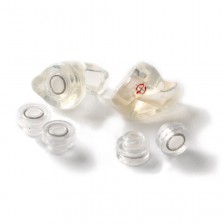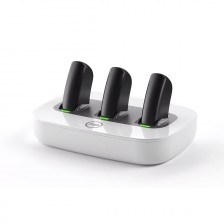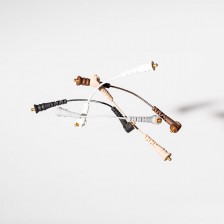What are the parts of your hearing aid?

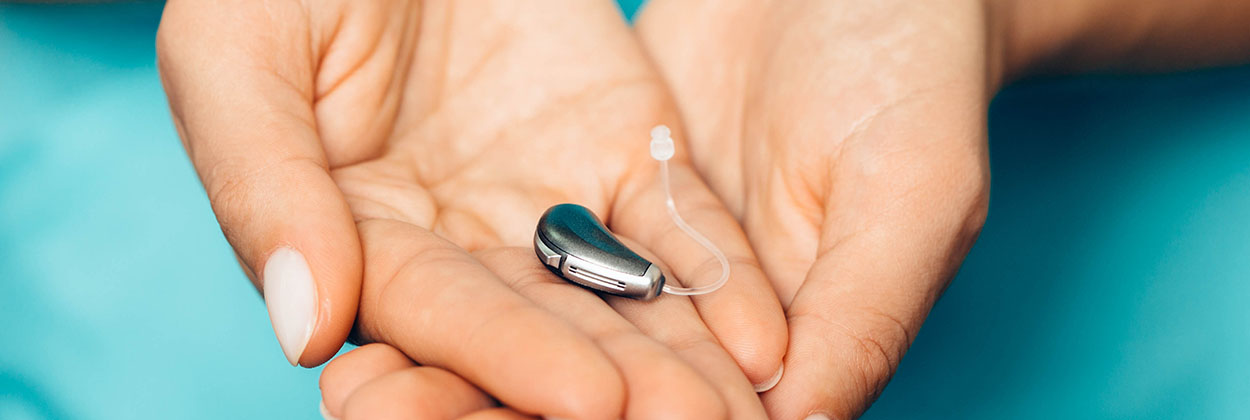
Hearing aids are a truly miraculous invention that help thousands of people with hearing loss to lead virtually normal lives. This is without taking into account the enormous advances in both technology and design that the industry is constantly experiencing and that make these inventions increasingly accessible and adaptable to all types of patients.
Knowing the parts of your hearing aid is essential to better understand how it works.
If you are one of the people whose life has been changed for the better by a hearing aid, we assume that you will be interested in knowing what the various parts of this small device are that accompany you in your daily life, and what functions these parts perform, right? Well, right now we're getting down to work so that you can discover which elements make up these technological pieces of jewellery.
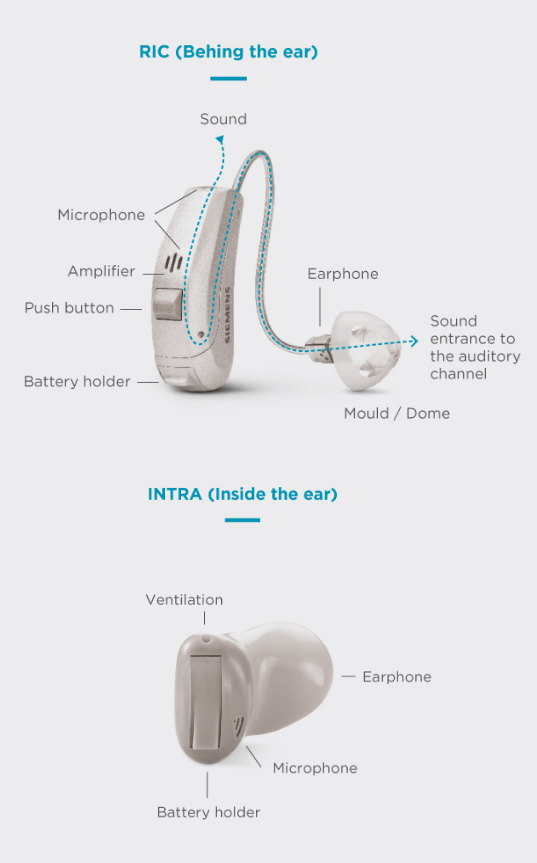
Microphone
All hearing aids have one or two microphones that pick up the sound and send it to an amplifier that is then amplified by the earphone. Their location depends on the type of hearing aid, so in a BTE hearing aid, for example, these components can be found in the small box that sits outside your ear canal behind your ear. These elements are really important, because they are the ones that manage the sounds you will hear, so we strongly recommend that you keep them in good condition: clean and dry.
The digital processor
Its function is to transform the electrical signals collected by the microphone into digital signals. This process is intended to address in detail the hearing needs of each patient. With this element, frequencies are amplified or external sounds are reduced to give priority to the original speech.
Receiver
This piece converts electrical signals into acoustic signals and directs them through the user's ear canal so that the brain is able to hear them.
In this step, the hearing aid changes the signals by enhancing the sound waves so that the brain can perceive them correctly.
The receiver looks very much like a microphone. In some hearing aids, it is located right in the ear canal. In other models, they use a small tube that connects the receiver to the ear mould in the ear canal. And there are still other models in which the receiver is completely hidden in a housing behind the ear canal.
Volume control
As the name suggests, thanks to the volume control we can control the intensity with which we perceive the sounds captured by the microphone.
Connecting tube
The connecting tube is the plastic tube that transmits the amplified sounds to the receiving earpiece or mold. It is important to note that this tube is made of plastic, so it will most likely need to be replaced at some point to prevent deterioration of the hearing instrument, so it is highly recommended that you check its condition from time to time.
It is interesting to note the difference between RIC or BTE hearing aids and Intras. In the first two, the connector tube is found inside the ear grip or elbow, a piece of plastic which is attached to the ear and which joins the two parts of the hearing aid. In the case of the Intras, however, the elbow does not exist, so the entire mechanism is molded into the ear canal.
Mold or earpiece
The ear mould or receiver is the part of the hearing aid that is located directly in our ear canal and that will transmit the sound to our ear. Usually made of plastic or acrylic, its shape and size will obviously depend on the model of hearing aid chosen and the severity of hearing loss suffered by the patient.
Battery compartment
Usually located near the on/off button, the battery compartment is where either the battery or the hearing instrument battery is located. In the case of a rechargeable battery, the hearing aid must be recharged every night to ensure that it performs its function properly.
Custom moulds
In some cases, it is an important component of the hearing aid that retains and fixes the device to the user's ear. It has two particularly significant functions:
- It provides an acoustic seal for the coupling between the hearing aid and the user's ear.
- They acoustically connect the device to the ear, channelling the sound produced by the hearing system through the ear canal and up to the eardrum.
It may seem like a complex system, but thanks to technology and innovative developments, hearing systems perform this entire process quickly and efficiently. In this way, the person can enjoy a normal hearing state.
Let's take a brief look at the 5 main types of hearing aids:
Receiver-in-Canal (RIC) hearing aids
These hearing aids are very discreet aesthetically as they have the sound output inside the ear canal while the rest of the ear is in the ear canal the rest of the mechanism is out. They're also quite comfortable. They are recommended for people who have a mild to severe hearing loss.
Behind-the-ear (BTE) hearing aids
It consists of a hard plastic sleeve that is worn behind the ear and connected to a custom ear mold. The electronic parts are kept in the box behind the ear. Sound travels from the hearing aid into the ear through the plastic tube and the ear mould.
Behind-the-ear hearing aids are generally the largest and most powerful hearing aids, making them ideal for people with all types of severe to profound hearing loss.
Intra hearing aids
These hearing aids are placed inside the ear canal; their housing is custom-made, as the entire mechanism must fit properly in each person's ear. They are indicated for people with moderate to severe hearing loss. Their main strength is that they are the most discreet from an aesthetic point of view, as they are worn inside the ear and are hardly noticeable from the outside.
Rechargeable hearing aids
The most important element of these rechargeable hearing aids is the battery. Made of lithium-ion, this material has a large capacity to store energy, far beyond the materials that hearing aid batteries were made of until recently. Hearing aid batteries are very small and their consumption is quite low; in a charge of just 3 hours you can last a whole day without having to recharge. In addition, batteries made of this material rarely break down before 6 years of use.
If you want to know, in this article you will find all the information about their particular characteristics regarding their use.
Pediatric hearing aids
If it is already difficult to choose the ideal hearing aid for each person in adults, it is more complex in children. It is important that paediatric hearing aids are comfortable to wear and that the child gets used to them, especially as there are ailments that can lead to lifelong wear. In short, choosing hearing aids at this stage of life is a delicate process and one that needs a professional.
So at Claso you will find a wide variety of hearing aids, and we can guarantee that they are all made with a superlative degree of attention to detail. If you have any questions, please do not hesitate to contact us. We will be happy to hear from you.


